Making a Skittles rainbow is a bright and colorful project that will thrill the kids and engage their creativity. Perfect for a St. Patrick’s Day rainbow, springtime, or anytime you need a quick and easy kitchen science experiment. This is one of our best St. Patrick’s Day science activities that you definitely don’t want to miss!
Make a Skittles Rainbow
*This post contains affiliate links. Please see our disclosure policy.
Science doesn’t get any easier than this! We gathered three simple kitchen supplies and we were ready to go:
- Skittles candy (Primary colors only. We had to buy two different bags of Skittles to get red, yellow, and blue candies.)
- White plate
- Hot water
We arranged the Skittles on the plate in a rainbow shape using the pattern yellow, red, blue. Then we carefully poured hot water in the center of the plate, just enough to get all the Skittles wet on the bottom.
We watched as the magic unfolded within seconds! The Skittles started by bleeding their colors out just a little bit.
After 30 seconds the colors were starting to merge and mix. We watched as a full rainbow emerged, creating orange, purple, and green from the three primary colors.
The whole production was done in about a minute. We had so much fun creating a rainbow that we decided to try making other patterns and shapes with our Skittles.
I loved watching my kids use their artistic creativity to produce bright, colorful, unique pieces of art! And we all enjoyed munching on Skittles while we worked and played. 🙂
The Science Behind Making a Skittles Rainbow
The colored coating on the Skittles is made of sugar, which dissolves in hot water. As the water moves around the plate the colored sugar moves along with it, creating brilliant tie-dye patterns and rainbows. Notice how the primary colors mix to create new colors!
More St. Patrick’s Day Science –>
STEAM Saturday
Magic Milk Rainbow Science | Schooling a Monkey
Exploring Reflections: Creating 4-Leaf Clovers With Mirrors | Share it! Science News
Rainbow Preschool STEAM / STEM Activities for Kids | Preschool POWOL Packets

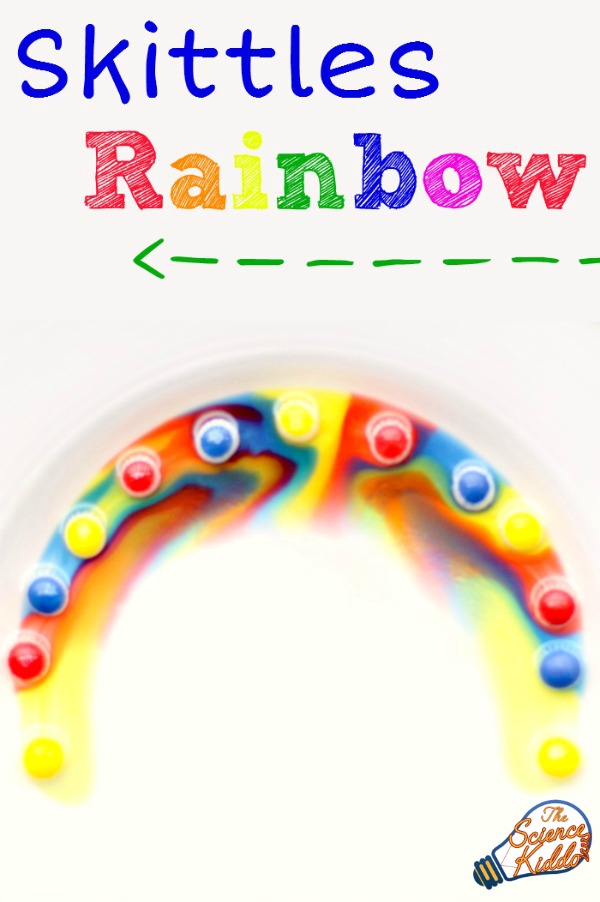
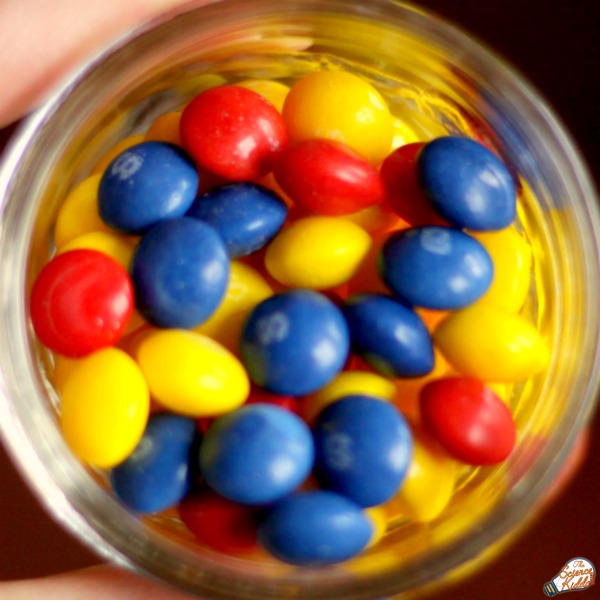
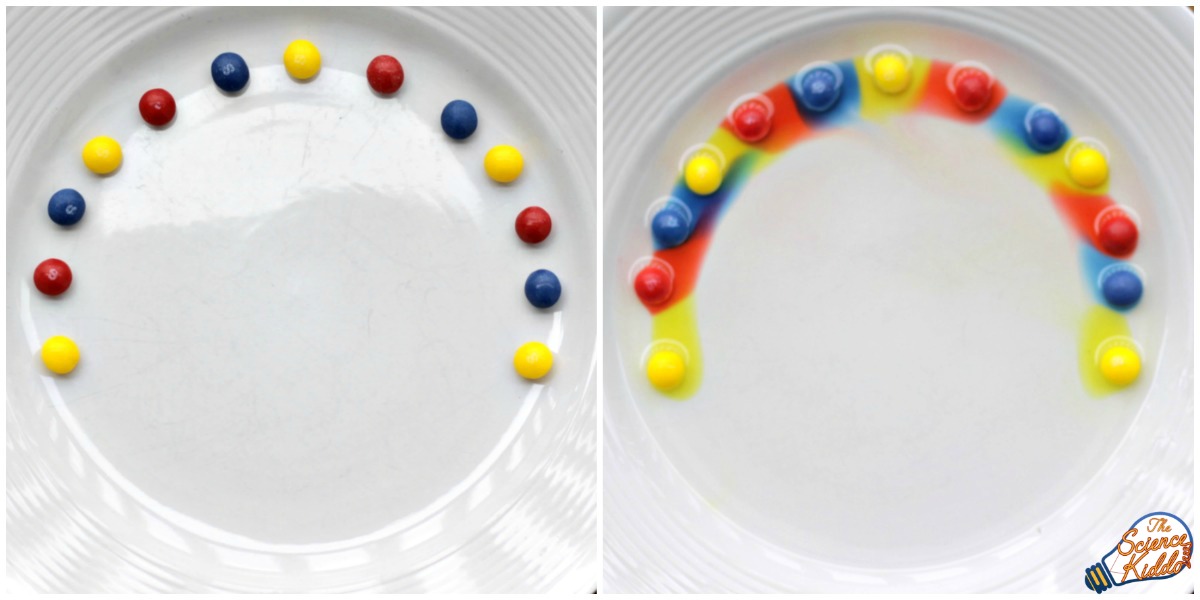
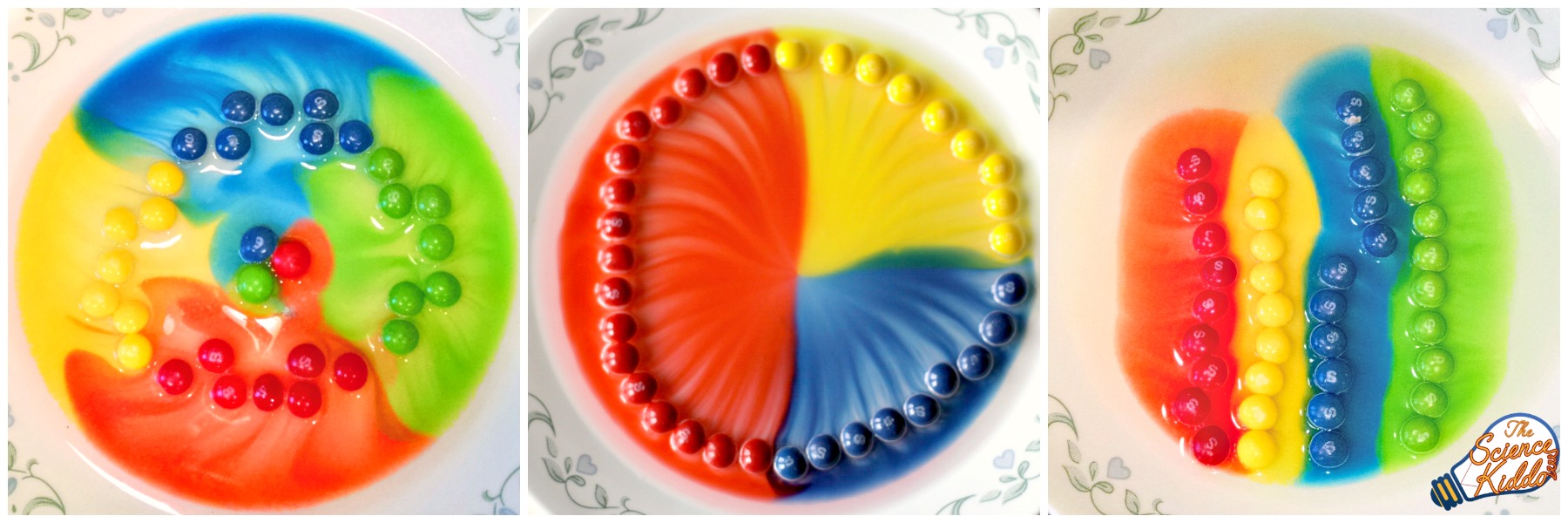
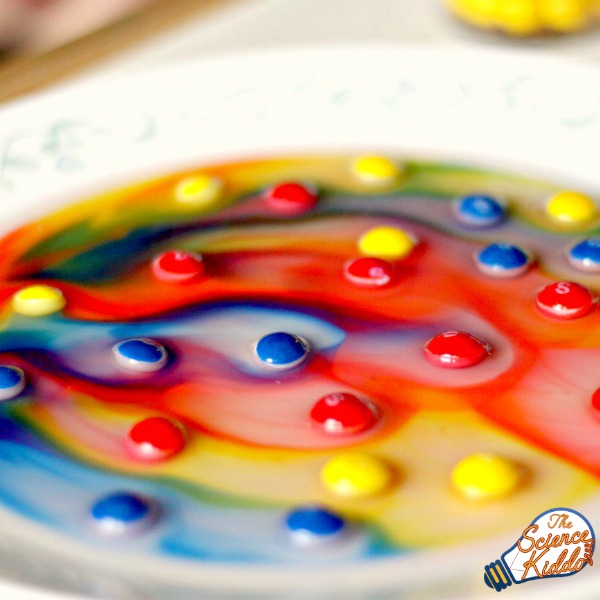

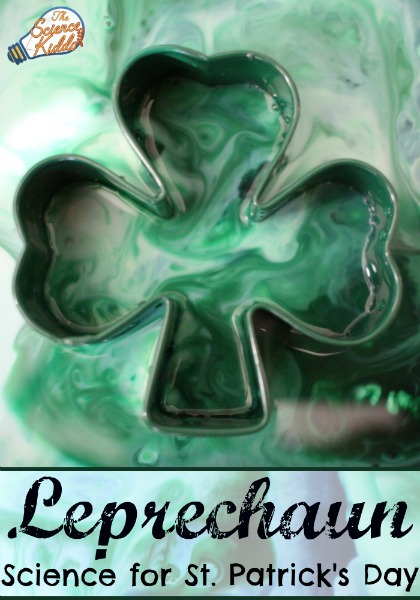
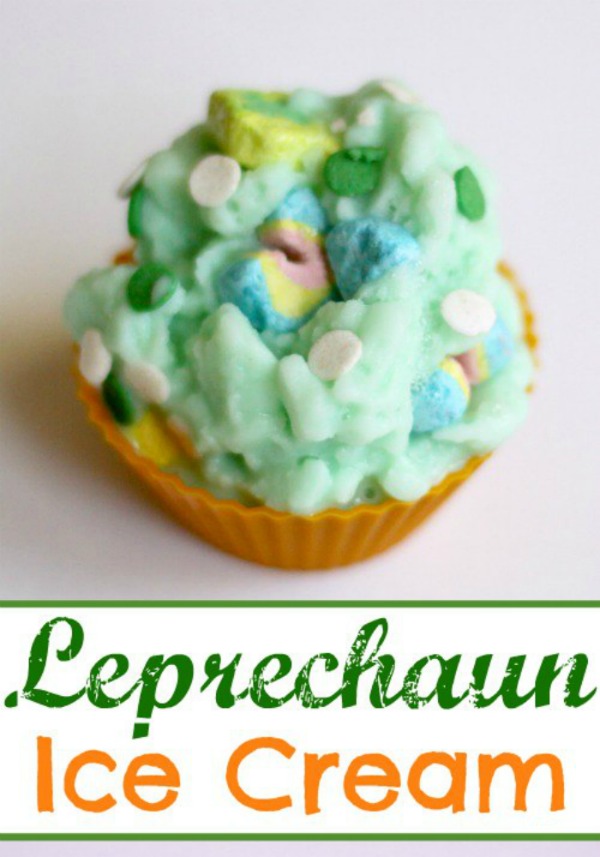


Leave A Comment